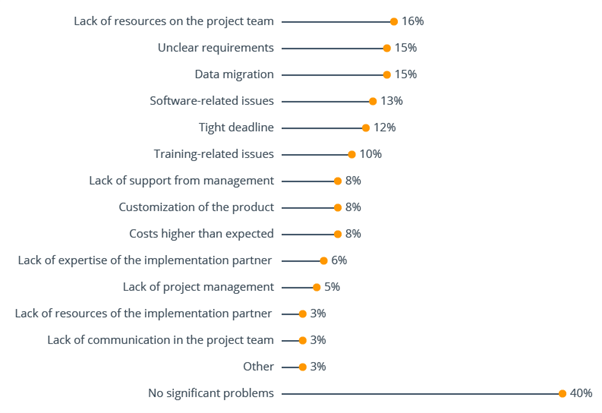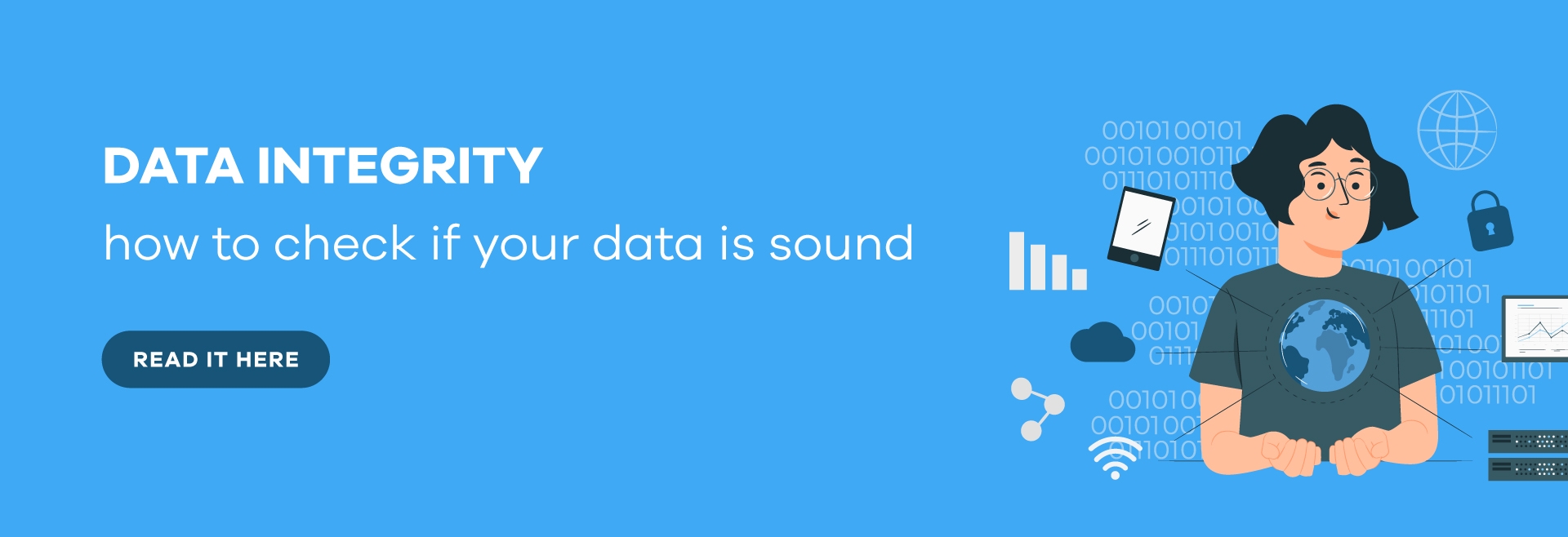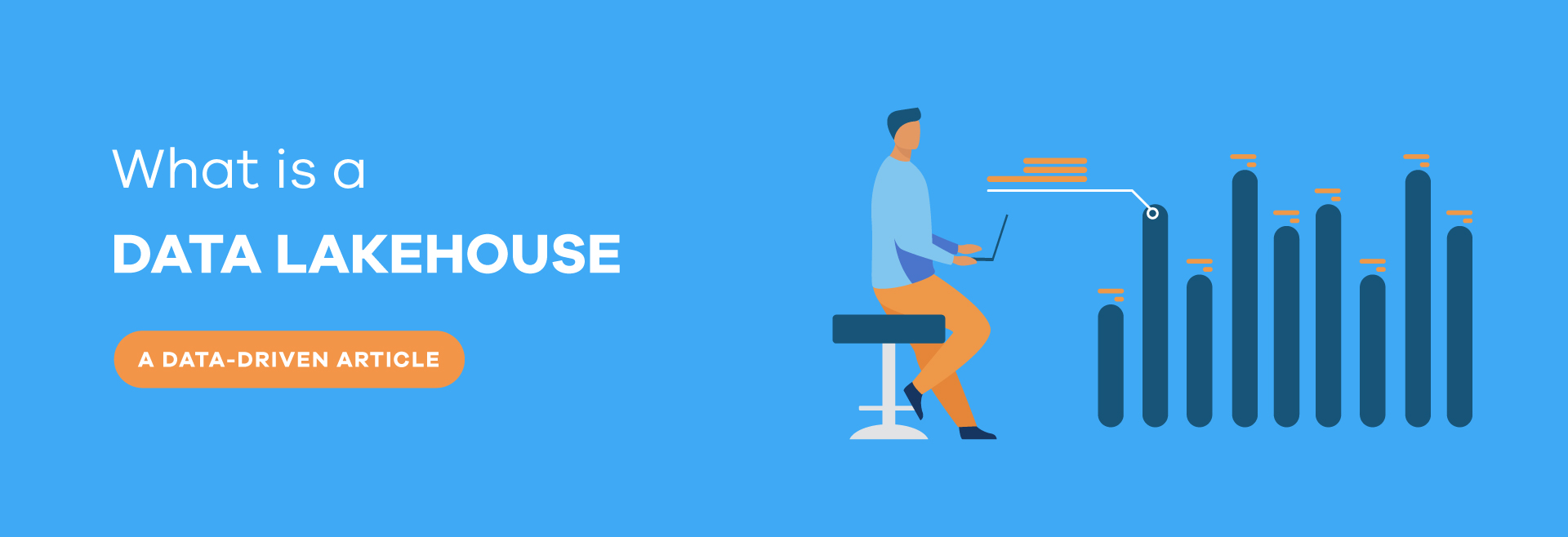
What is Business Intelligence?
Business Intelligence has long been the data weapon of choice of large corporations.
However, innovations in the field are paving the way for businesses of every size to tap into its power.
But what does it mean exactly?
Business Intelligence, or BI, stands out as one of the most effective and widespread tool for businesses looking to extract real value from an ocean of data. Which poses the question: what is it exactly?
What is Business Intelligence?
Business Intelligence transforms copious amounts of raw data into powerful insights that enable companies to make strategic decisions based on facts. These tools access and analyze data from various sources (inside and outside the company), identify patterns, trends, or inconsistencies. Then, BI software generates reports, dashboards, graphs, and charts to present the analytical findings for decision makers. It provides users with detailed information about the business, which helps create strategic business opportunities.
But make no mistake: BI is not only about finding trends and generating reports. It makes use of online analytical processing, analytics, data and process mining, dashboard development, complex event processing, benchmarking, text mining, predictive and prescriptive analytics, and business performance management.
What BI looks like?
Business Intelligence is not exactly new. In fact, it has been reshaping industries for years. Large corporations have long relied on Business Intelligence, Data Analytics and AI to provide a competitive edge.
For example, financial services use Business Intelligence to perform risk analysis during loan approval processes. It also helps to determine who are the most profitable customers, or which customers should branch managers get in contact with.
Airlines use Business Intelligence to track flight capacity and to set and adjust prices based on demand/availability. The same goes for hotels that rely on BI to gather statistical information on average occupancy and room rates. This helps hotel managers decide when to offer discounts and to whom.
Retailers use Business Intelligence to better manage and plan marketing campaigns, promotion campaigns, and inventory. Manufacturers, on the other hand, receive real-time analysis of past and current plant operations, and get help in managing production and distribution. Modern healthcare organizations use BI solutions to diagnose rare diseases, identify vulnerable demographics, and improve patient care. Moreover, BI can help universities and schools monitor student performance, identify students who might need assistance, manage grant attribution, or allocate funds.
It is a brave new world of information and data, factual decision making and simply better management. And it is not just limited to big corporations. Smaller companies, from startups to SMEs are also taking advantage of the power of data to help in decision making and forecasting. Words like “tech”, “2.0” or “data models” are ubiquitous in industry trends of different fields, from farming to banking.
Why is Business Intelligence so important?
Overall, the goal of Business Intelligence is to improve business operations by using relevant data. More concretely, BI is an asset as it can:
- Optimize internal business processes.
- Increase efficiency and productivity of operational processes.
- Improve decision-making and strategy development.
- Identify market trends
- Provide insights into customer behavior and shopping patterns.
- Track sales, marketing, and financial performance
- Alert users about data anomalies or other issues that need to be addressed
- Set benchmarks based on historical and current data
- Analyze and share data across various departments.
- Provide crucial information that promotes improvements and innovation.
With an in-depth, real-time analysis of your business, Business Intelligence can help you enhance customer service and digital experience, achieve higher sales and new revenues, and gain a competitive edge over competitors.
Learn more about Customer-Centric Process Automation.
Over the years these technologies and applications have evolved to become more user-friendly, intuitive, and visual. Non-technical business can rely on BI to gather, store, access, analyze, and interpret data. However, some businesses still struggle to deploy Business Intelligence.
Why BI projects fail?
However beneficial for companies, the harsh reality is that around 80% of BI projects fail. Why?
Reasons why Business Intelligence projects fail

Source: BI-survey.com
A very common pitfall with using Business Intelligence is regarding it as another “tech project”, rather than as a business or cultural investment. Limiting BI projects to just a handful of tech-savvy users is a recipe for disaster, as key decision makers and users alike are not engaged throughout the development process. As a result, they naturally feel left out and unwilling to adopt a new way of working.
Do you know the cost of a dream team?
Another pitfall is using different tools for different departments, a common issue with legacy systems. This leads to the creation of data silos, where information is not shared or communicated across the organisation. An effective BI strategy depends on the ability to share relevant information for the entire value stream, and having different departments from sales to operations, break down data walls and collaborate efficiently.
Finally, training is crucial. You don’t want to force users to become data engineers overnight. Training will prove very useful in the long (and even short) run, as all the members will use Business Intelligence towards a common, structured goal: the success of the business.
Business Intelligence at Near Partner
We can advise you on the best approach to your Business Intelligence project. Our team can help you pick the most adequate BI technology, processes to improve, and team capabilities that your project requires. We can also implement, manage and provide training – from the first lines of code to the last dashboard. Don’t miss out on innovation, get in touch, and let’s brainstorm together!





